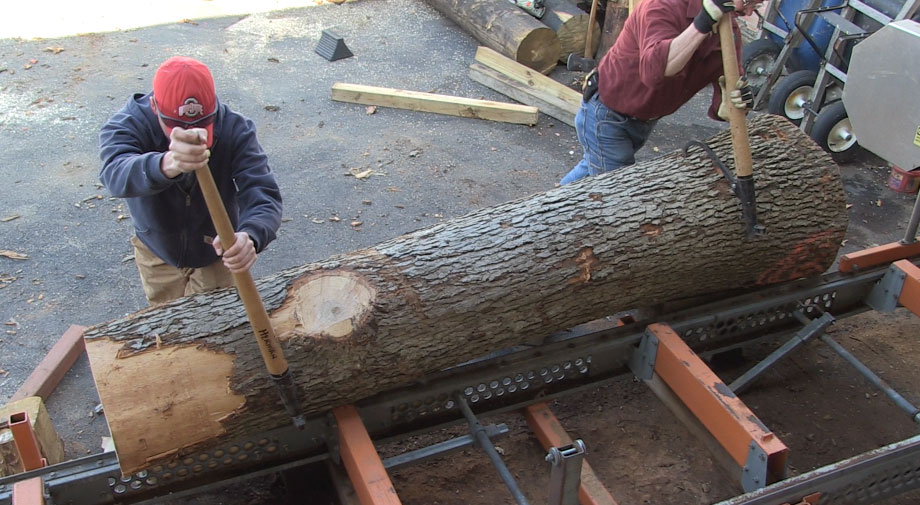We may receive a commission when you use our affiliate links. However, this does not impact our recommendations.
You can never get too many perspectives on this topic. Everything we do as woodworkers starts with the substrate, the wood itself. I caught up with Ron Herman this week to discuss his approach to selecting and using lumber. Ron is releasing a new video with Popular Woodworking, “The Woodworker’s Guide to Wood,” based on his years of experience in the timber, restoration and education businesses. Here’s what Ron had to say.
Dan: What kinds of timber do you have available on your land?
Ron: Mostly Ohio hardwoods and pines. Right now we are lousy with ash, because of the Emerald Ash Borer, which is destroying this tree population. Other species include red and white oak, hard and soft maple, persimmon and cherry.
Dan: What are your go-to species for restoration work?
Ron: We run into a lot of Southern yellow pine in homes we are restoring. Second-most is red and white oaks. For framing, we see a lot of walnut and chestnut. Walnut was, and still is, a nuisance tree – so farmers would cut it down and use it in building frames.
Dan: What are the most important factors to compare in different types of project lumber?
Ron: I always tell students that they need to educate themselves by practicing in the shop. In my classes, we also use a microscope or magnifying glass to look at wood pores. This aids in understanding wood structure. But students need to decide for themselves whether they are prioritizing beauty or strength, then get to work. And don’t forget that in many cases, beautiful veneer on top of a less expensive wood can be a good option.
We devote up to 40 hours in my classes to learn about wood. I was impressed with the job done by the Popular Woodworking crew to compress that learning into the new DVD, about 6 hours.
Dan: Air-dried or kiln-dried?
Ron: I like air-dried lumber over kiln-dried. You’ll see the label “KD-HT,” which stands for kiln-dried high-temperature. This supposedly adds strength. But none of the woods used in the 17th and 18th centuries were kiln-dried, and they were strong.
Dan: Thanks, Ron!
Buy the new DVD in our store today!
–Dan Farnbach
Here are some supplies and tools we find essential in our everyday work around the shop. We may receive a commission from sales referred by our links; however, we have carefully selected these products for their usefulness and quality.









